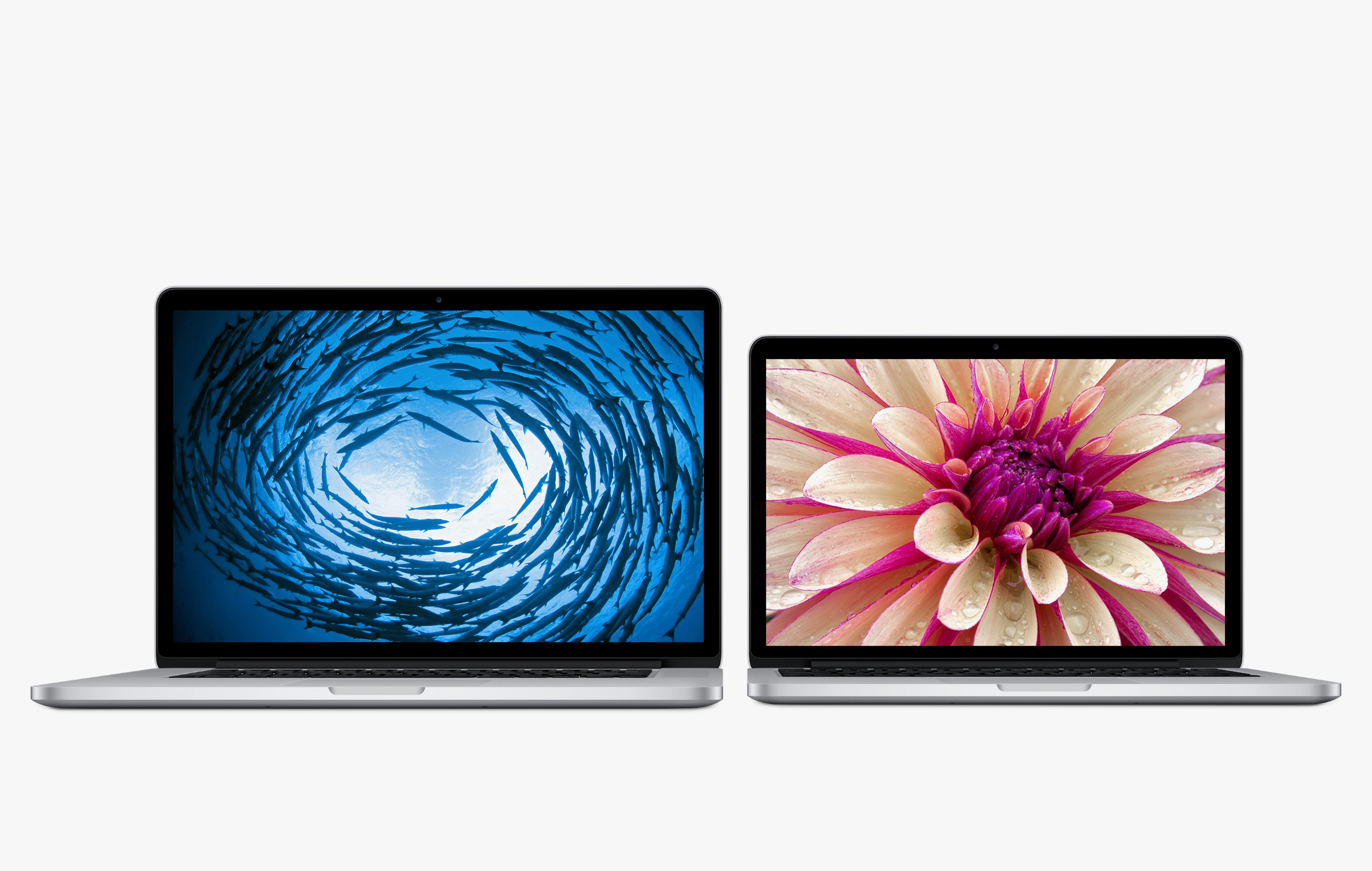
Remember a time when we used to think of 4K displays on laptops as a laughable, over-the-top concept? Neither do we.
4K on screens smaller than your average Superbowl-sized living room family hub, or man-cave, are coming, with current display resolutions already in UHD territory and beyond. Microsoft Surface Book’s 13.5 inches display is only 1000 pixels short of driving native 4K, and the current MacBook Retina is about halfway to 4K, which goes without saying that the working principle of the Retina display is to combine 4 regular pixels to make one Retina pixel.
The technology is already here, but the capability to drive a 4K display may be beyond most laptops, at least until Intel unveils its Cannonlake 10nm CPU, which is expected to provide for many hardware management features currently non-existent in both Skylake and the upcoming Kaby Lake CPUs, as well as performance gains only dreamed of, and made possible by its 10 nanometer architecture.
With that said, new rumors are suggesting that Apple is working on a way to squeeze as many as 14,914,400 pixels (5120 x 2880 pixels resolution) into its next MacBook, blowing past the resolution of any other portable computer in its class, as well as its desktop counterpart, the iMac Retina 4K, to match the resolution of the iMac Retina 5K.
The question is, what will an Apple MacBook 5K look like, and what type of hardware will it need? Obviously, 4K means more pixels to work in high-end apps like Photoshop or Final Cut, but this also means that processing power, RAM, storage, and logic board will need a radical revamp to meet the expectations of professionals looking for what would be, essentially, a tiny, portable iMac. Or would they?
This could turn into the “Pro-sumer DSLR” argument all over again: does Apple really need to massively upgrade its internals for 5K on a MacBook? Or is it just a matter of consumer perspective?
Indeed there will be options to upgrade towards better performance, from an entry level offering just like there are on an iMac, as there is a need to keep the MacBook attainable by mid-range consumers. According to what we know of the rumored specs of the upcoming MacBook Pro, Skylake will be the CPU of choice, as well as the new AMD Polaris 10 GPU.
This will bring a noticeable improvement to the MacBook Pro, in terms of performance and battery efficiency. Will it be enough for 5K? Perhaps at least in regard to video playback, but one thing that we can expect as a result of greater graphics capabilities, is that owners of this rumored new MacBook will most likely be more than tempted to play the same advanced 3D games as Windows PC users do, which is something that Apple might want to take into consideration.